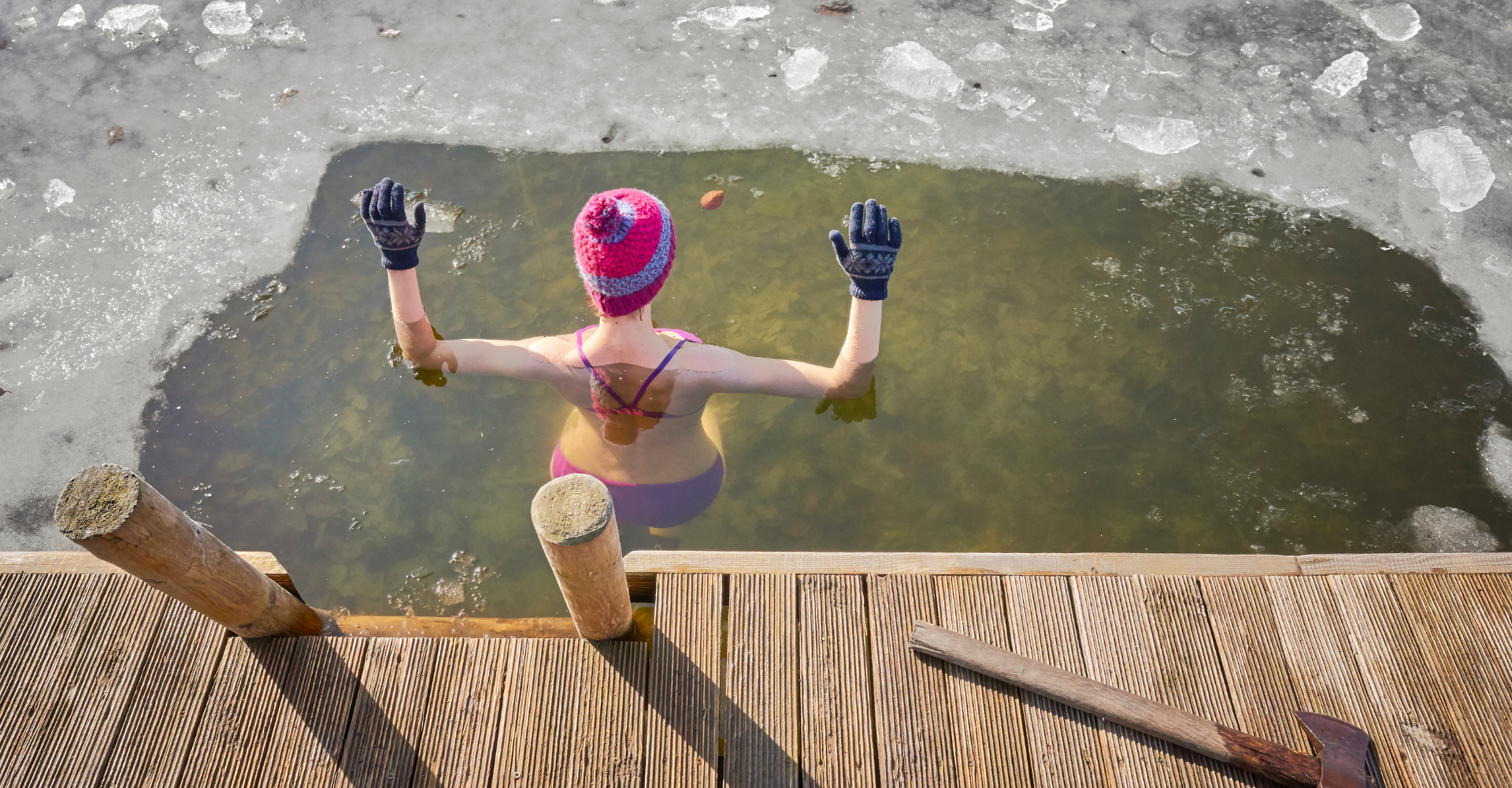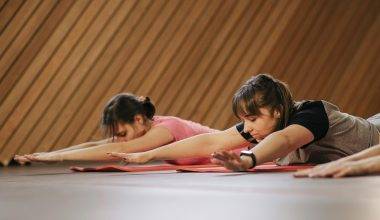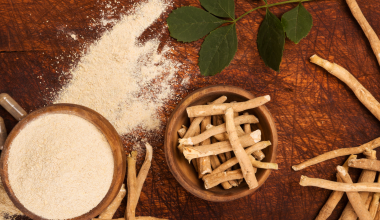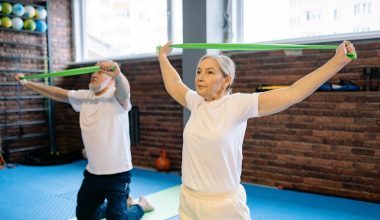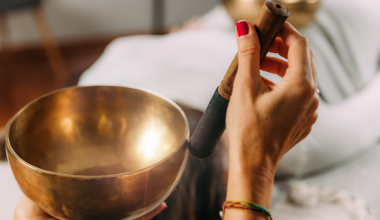Canadians are no strangers to the cold, and it turns out that there are health benefits to embracing our winter climate in the form of cold-specific therapies such as cold water bathing.
What is it | The Science | At Home | In The Wild | Who Shouldn’t
What is Cold Water Bathing?
Cold water bathing is also known as cold water immersion therapy. Humans have documented the benefits of cold water as far back as 3500BC, with the Edwin Smith Papyrus making numerous references to cold being used for therapeutic purposes. However it was only in the 1960’s that cold water and ice therapy started to be used as a post-recovery strategy for athletes.
Many professional and Olympic athletes now turn to the powerful effects of ice bathing delivered in a supervised setting. Recovery after the demands of competing has become an important part of a sports scientists’ strategy. Cold-water immersion is thought to both improve recovery time and reduce the Delayed Onset of Muscle Soreness (DOMS).
- Many athletes swear by Cold Water Immersion therapy for better recovery.
- At-home athletes should check with their doctor before starting Cold Water Immersion
- The general rule of thumb is to spend 1 minute per degree immersed
- Be careful of hazards and water temperature if cold water bathing in the wild
The Science of Cold Water Bathing
Intense exercise causes microtrauma or tiny tears in muscle fibers. This microscopic muscle damage is a goal of exercise as it stimulates muscle cell activity, helps repair damage and strengthen muscles.
However, this useful pain that we all love to feel after an intense workout is also linked with delayed onset muscle pain and soreness (DOMS), which occurs between 24 and 72 hours after exercise.

Although science has found only inconclusive or contradictory findings to support assertions that cold water therapy is truly effective, many believe that it helps alleviate DOMS and speeds up recovery by:
- Constricting blood vessels and flushing waste products such as lactic acid out of the affected tissues
- Decreasing metabolic activity and slowing down physiological processes
- Reducing oedemas
- Reducing tissue inflammation and breakdown
- Decreasing perception of fatigue
- With rewarming, increased blood flow is thought to speed up circulation and in turn, improve the healing process
Of course, most of us aren’t professional athletes, but for at-home athletes and wellness enthusiasts, cold water immersion is accessible and gaining traction to help with:
- Reduction of muscle soreness
- Cooling down after an intense workout
- Better mental health
- Stronger immune system
- Boosting metabolism
- Better Sleep
How Can You Do This At Home?
If you have a tub at home, you can simply fill up your tub with cold water and add ice. Let the water and ice sit and cool the water to between minimum 11 and maximum 15 degrees Celsius.
The general rule of thumb is to spend 1 minute per degree immersed. The time someone should spend in cold water depends on multiple factors such as size of the person, body fat composition, aptitude to cold and more. While not perfect, the combo of 1 minute per degree is easy to remember and will allow you to get the benefits of cold-water therapy.
If you want to get fancy you can purchase inside or outside cold water plunge tubs based on use and budget. A few minutes in a cold shower is another way to perform cold water therapy. Start with warm water and slowly transition to cold if you’re sensitive to the shock of immediate cold.
Warming up when you get out is a key part of the process. Make sure you have a cozy robe, a warm beverage, your favourite blanket and a nice warm place to settle after your experience.
How About Cold Water Bathing In The Wild?
Wild cold-water immersion in a lake, river or natural body of water is delightful but also risky. If you want to go au naturel make sure you are with a companion who immerses regularly in that location, and understands safety protocols.
Ensure the location is safe, with no slippery rocks or other hazards. Under no circumstances should you immerse yourself in cold water on your own; having a safety buddy is critical.
Limit your time in cold water. To avoid hypothermia, remember your general rule of thumb to spend ~ 1 minute per degree of water temperature in the water.
Cold water swimming is a form of endurance exercise that should only be practiced with extreme caution by those who have a clean bill of health from their doctor. It can be very dangerous because cold water can cause cold water shock, hypothermia, with a risk of drowning. These risks apply to people of all ages and fitness, including even the most capable swimmers.
Make sure you have a warming up strategy planned out if you’re outside. When you exit the water, the cooling process does not immediately stop. Even if you’re dry, the cold layer of skin and muscle continues to cool your core and you risk losing up to 4.5°C from your core temperature which can bring on shivering, hypothermia, or feeling faint and unwell.
Therefore, it’s important to remove any wet clothing, wrap yourself in dry clothing, drink something warm, and make sure you can get cozy around a fire or heated area to warm up gradually.
Who Shouldn’t Immerse?
If you have high blood pressure or heart disease, talk with your doctor before starting any kind of cold-water therapy. Immersion into cold water affects blood pressure and can cause dangerous heart arrhythmias leading to fainting or sudden death.
When you do start, go slow and gradually decrease water temperature to optimal levels for the best health outcome.
The information provided on TheHealthInsider.ca is for educational purposes only and does not substitute for professional medical advice. TheHealthInsider.ca advises consulting a medical professional or healthcare provider when seeking medical advice, diagnoses, or treatment.

